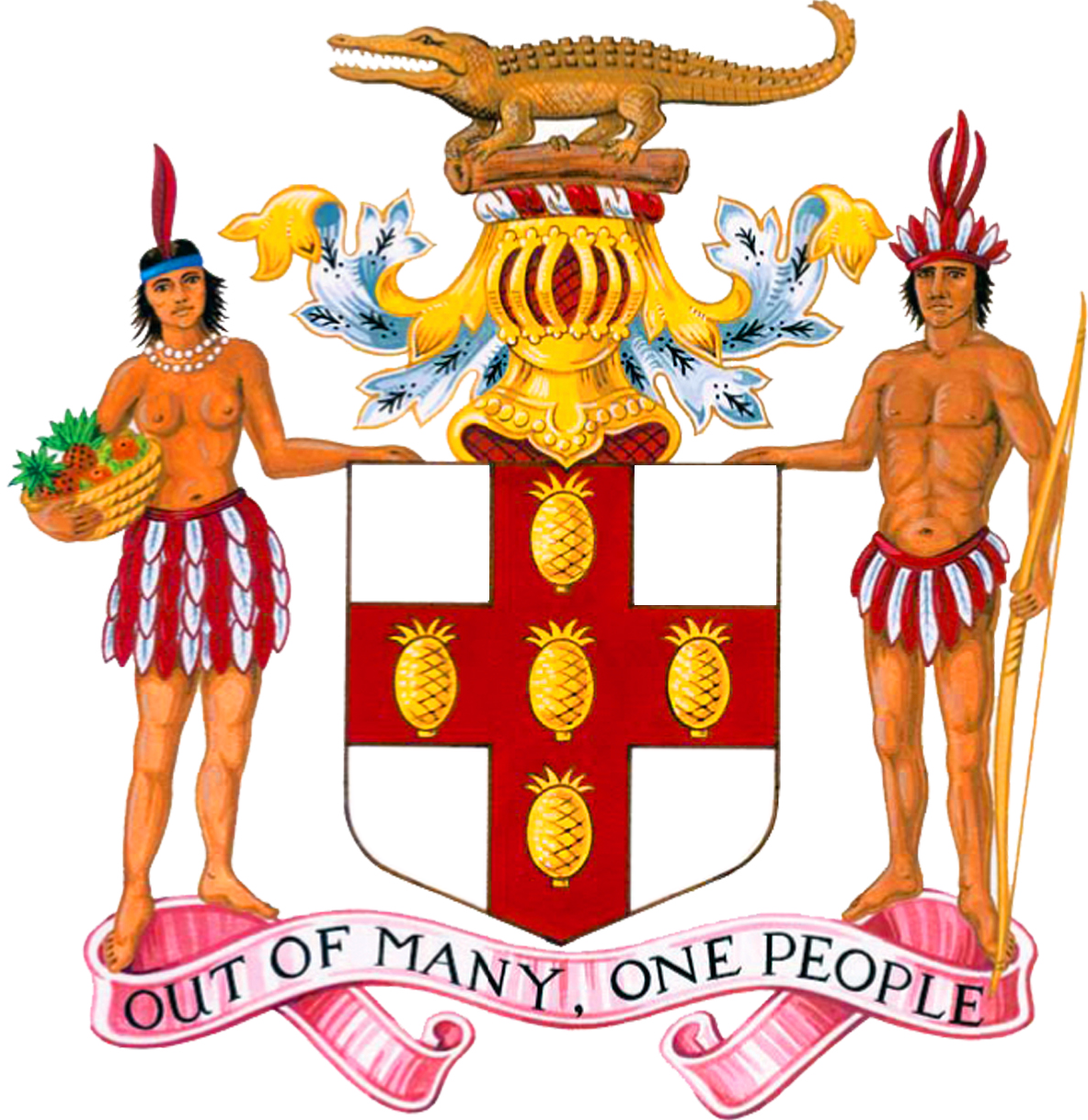Big Time Savings from Deep Retrofits
An integral part of the Energy Management and Efficiency Programme (EMEP) in Jamaica is a deep retrofit of 80 Health, Education and Public Agencies (HEPA). EMEP will outfit these facilities with energy-saving technologies and solar-powered resources to lower fuel consumption and carbon dioxide emissions. These changes are expected to reduce the government’s huge annual electricity bills. For example, the St. Ann’s Bay Hospital – serving Portland, St. Mary, St. Ann – will reduce its energy bill by 33 per cent.
EMEP will also retrofit the Spanish Town Hospital, The Bustamante Children’s Hospital, University Hospital of the West Indies, Annotto Bay Hospital, Port Antonio Hospital, and the Port Maria Hospital.
The Ministry of Science, Energy and Technology, coordinators of the project, expect to finish this modernisation by 2024. It completed investment grade audits of these hospitals in 2019; which focused on electricity and water usage and recommended conservation opportunities. The audits now serve as technical and economic foundations for the project, which costs US21.13 million dollars.
The table below show expected consumption decreases for electricity (excluding solar), water, and fuel recommended measures are actioned.
| Hospital | Electricity (Excluding Solar) | Water Consumption | Fuel Consumption |
| St. Ann’s Bay Hospital | 25% | 30% | 55% |
| Port Antonio Hospital | 28% | 36% | – |
| Spanish Town Hospital | 26% | 37% | 80% |
| Bustamante Children’s Hospital | 33% | 41% | 81% |
| Annotto Bay Hospital | 27% | 34% | – |
| Port Maria Hospital | 16% | 31% | – |
| University Hospital of the West Indies | 5% | 29% | 94% |
Retrofitting activities in this component of EMEP include building envelope improvements, light retrofitting, ceiling fans upgrades, mini-split air conditioning unit touch-ups, building automation, etc. These are to begin on TKTK.
Energy and water savings opportunities at the seven hospitals include:
- A tiered approach; with energy and water conservation measures constituting the first step, followed by energy and water efficiency measures
- Selecting easy to implement measures
- Selecting less complex measures with reduced complexity and easy maintenance
- Considering capital projects already planned
- Scalability for future system expansion where feasible
- Switching to renewable energy sources
- Choosing electricity grid supply over natural gas, diesel, or fuel oil use (Except for standby generation, the local grid supply mix is now 15% of renewable source supply that is expected to reach 30% by 2020)
- Payback threshold of 10 years or less except for renewable energy projects at the Annotto Bay Hospital
Funding for this project comes from Japan International Cooperation Agency (JICA), the European Union Caribbean Investment Facility (EU-CIF) and the Inter-American Development Bank (IDB).

